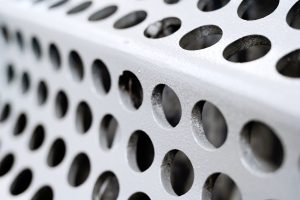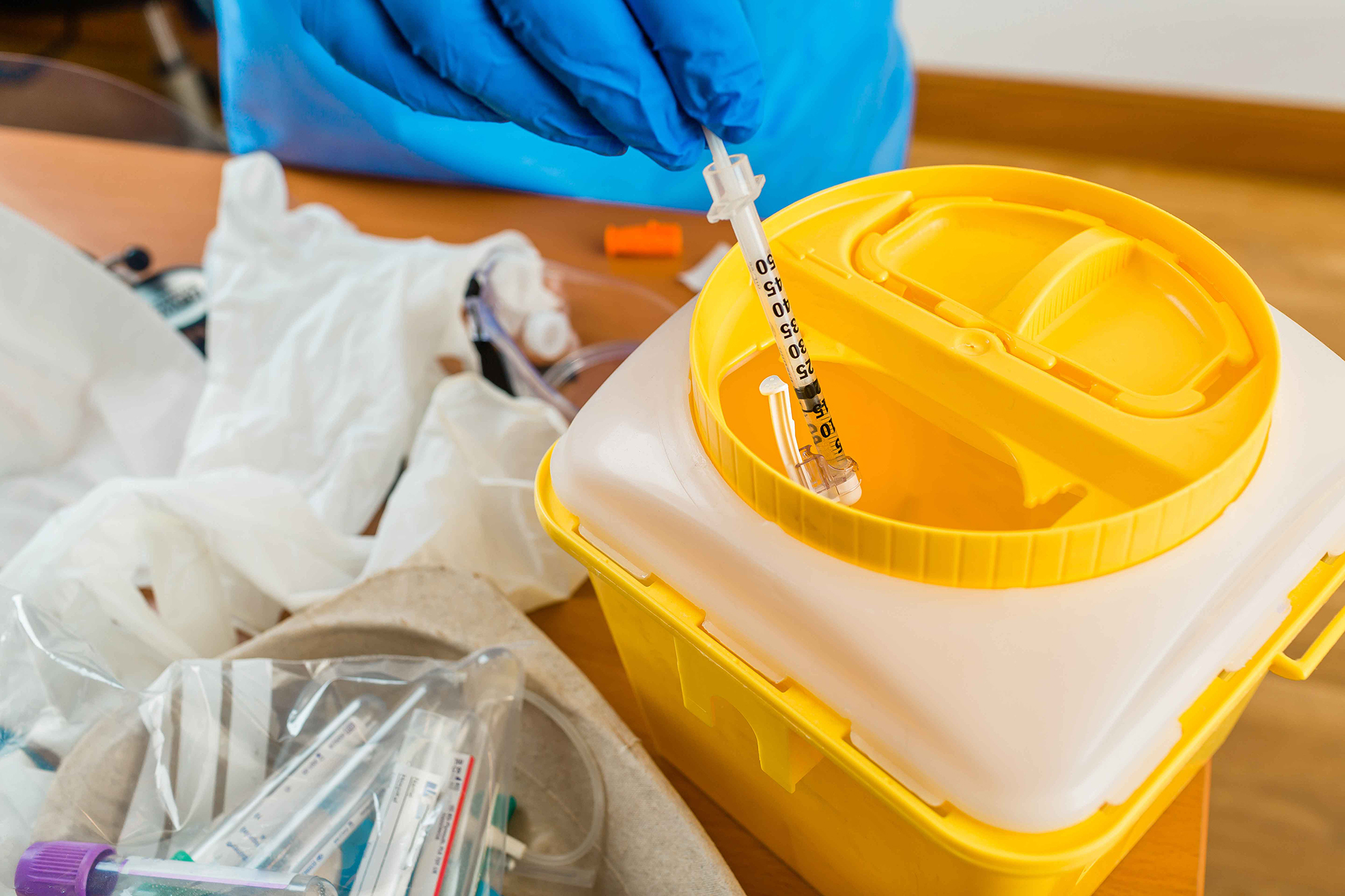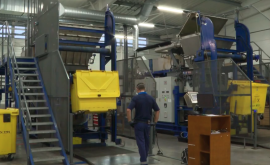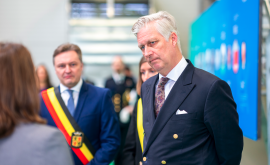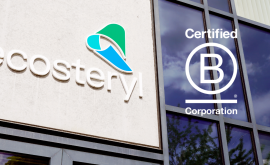The strengh of Ecosteryl
The importance of pre-shredding in medical waste disinfection
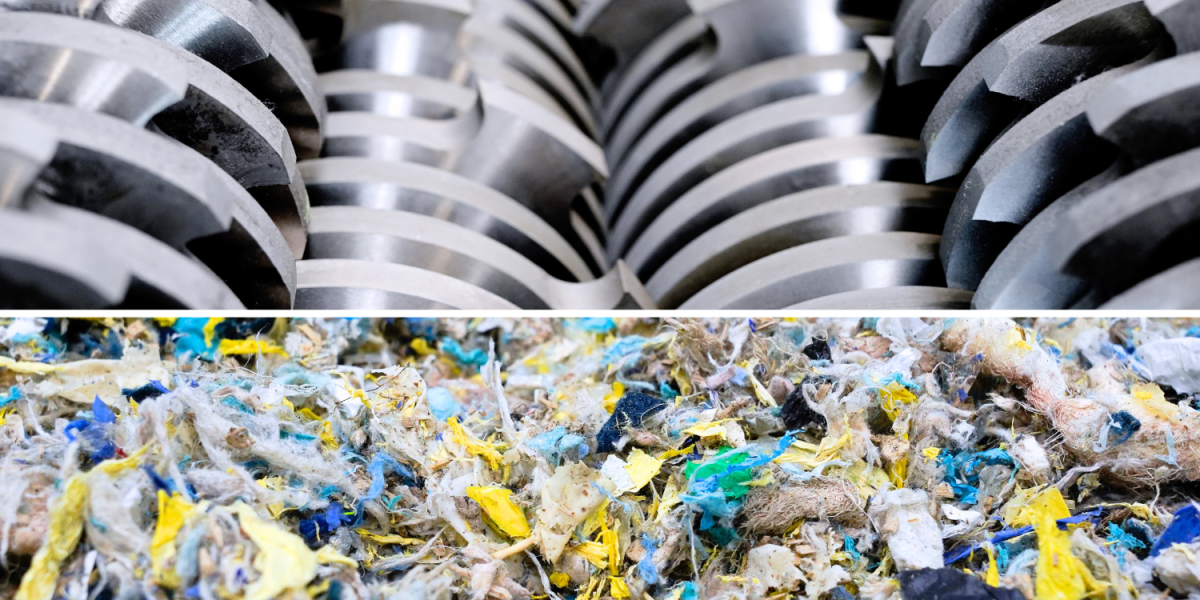
In medical waste management, pre-shredding is essential in the disinfection process. Whether using microwave disinfection technology, autoclaving, chemical treatment, or other methods, pre-shredding ensures effective elimination of pathogens within the waste. However, this is not always the case in disinfection processes; some techniques perform shredding after disinfection or do not shred the waste at all, which can be dangerous.
Disinfection of medical waste: A combination of time and temperature
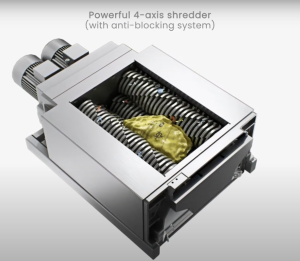
To ensure the disinfection of medical waste, it must reach a certain temperature for a specific duration. The Ecosteryl process ensures that the waste reaches 100°C at its core for an hour. Other technologies, like autoclaves, reach a higher temperature with the help of pressure that turns water into steam but for a shorter duration. Ultimately, it is the time/temperature mix that ensures disinfection, similar to how a time/temperature mix ensures the cooking of food if we draw a parallel with cooking.
A disinfection level of 6 log10 :
To validate the effectiveness of the Ecosteryl process and achieve a minimum disinfection level of 6 log10, the tests follow the same path as the waste.
What is 6 log10 ? It is a notation used to express the level of microorganism reduction by a disinfection or sterilization process. In simple terms, it means there is a reduction of 1 million microorganisms for each specified unit of measure.
6 log10 = 99.9999% validated disinfection
How is 6 log10 measured?
It is evaluated by introducing spores (germ carriers) into a well-known initial culture. Ecosteryl uses Bacillus atrophaeus ATCC9372 spores for this purpose, which are particularly resistant to heat and not dangerous to humans. These spores pass through the medical waste treatment process in our machines. At the end of the process, they are recovered and analyzed in a laboratory. The Ecosteryl machine guarantees a minimum reduction of 6 log10, ensuring complete and effective disinfection of medical waste.
Regulatory Change in Quebec: 6 log10 Becomes the Reference in Waste Disinfection
In Quebec, the 6 log10 standard is now required to measure the effectiveness of medical waste disinfection procedures.
The risks of not pre-shredding infectious medical waste ?
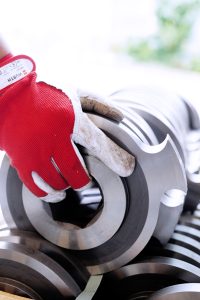 To understand the risk better, let’s take an example: sealed medical waste containers may contain syringes. Without pre-shredding, how can we ensure that infectious medical waste within sealed boxes, like syringes, reaches the required temperature? What if there is a box within a box within a box? How can we guarantee that the minimum disinfection level is achieved? How is disinfection measured effectively if a test cannot be inserted into a sealed box ?
To understand the risk better, let’s take an example: sealed medical waste containers may contain syringes. Without pre-shredding, how can we ensure that infectious medical waste within sealed boxes, like syringes, reaches the required temperature? What if there is a box within a box within a box? How can we guarantee that the minimum disinfection level is achieved? How is disinfection measured effectively if a test cannot be inserted into a sealed box ?
The risks of not pre-shredding medical waste are :
- Limited access to waste: This compromises the disinfection process’s effectiveness as all parts of the waste must be exposed to ensure complete pathogen elimination. Waste enclosed in boxes does not meet this requirement.
- Poor distribution of heat, steam, or chemical agents: Waste confined in a box prevents uniform heat distribution, potentially leading to areas with insufficient temperature or chemical concentration, allowing some pathogenic microorganisms to survive.
- Safety: If waste is not properly disinfected, there remains a risk of exposure to residual pathogens. Your staff may handle them. Some waste ends up in landfills, where people may also handle it. Unfortunately, we still see people and animals rummaging through waste too often.
- Psychological effect: If the waste is not shredded, it can be recognizable, which is not beneficial psychologically. Imagine seeing syringes or anatomical parts…
France: A pioneer country requiring pre-shredding before medical waste disinfection
By implementing the NF X 30-503 standard, France positions itself as a pioneer by mandating pre-shredding. This standard ensures maximum contact surface for disinfection, ensuring safe and effective waste management. It also aims to render the waste unrecognizable to those handling it (which helps psychologically for the teams involved).
Other countries have followed suit, making this practice mandatory, such as Portugal, Morocco, Tunisia, Algeria, and Lebanon, all concerned with preventing health risks associated with poor medical waste management.
Ecosteryl complies with this standard and is certified by the National Testing Laboratory (NTL).
Choosing the right shredder for effective medical waste pre-shredding
The shredder is the heart of the machine. Its selection must be meticulous.
At Ecosteryl, since our inception over 20 years ago, we have chosen the most robust shredder on the market to ensure impeccable quality for our clients. Weighing nearly 5 tonnes, it is a 4-shaft shredder with a slow shredding system and an anti-blocking device. This shredder has been specially designed to treat medical waste, incorporating a knife configuration adapted to shredding infectious risk materials, a testament to our expertise in the field.
Under the shredder, a grid ensures a uniform particle size of max. 35 mm. The waste is perfectly shredded and unrecognizable.
- Capability to Treat Various Types of Waste (sharps, metal, cutting, anatomical…)
- The downstream grid ensures optimal particle size for finely shredded waste. This control of particle size facilitates optical detection in case of subsequent sorting and recovery.
- Design completely minimizing the risk of jamming, ensuring continuous and reliable production.
- Low energy consumption, offering an economical and environmentally friendly solution for medical waste pre-shredding.
- The most robust on the market. Undeniably.

